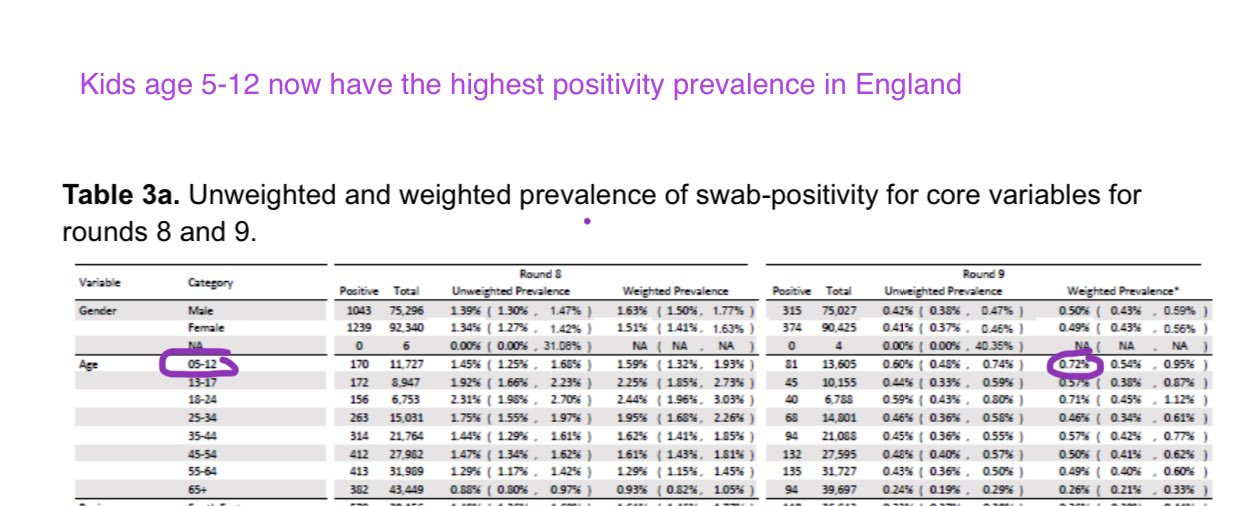RESULTS
For the first phase of the study, 42 patients were chosen in the first 72 hours of hospitalization. All of them were using oxygen, 35 were on non-invasive ventilation (NIV) and 24 were indicated for intubation.
At this stage, in the first 24 hours, 8 to 12 intubations would be expected, no patient using NIV with saturation greater than 94% in room air and less than 10% (2 to 3 patients) without using NIV.
With the use of proxalutamide, after 24 hours there were seven patients using oxygen with saturation greater than 94% in room air; 15 patients (40%) in NIV with saturation greater than 94% in room air; 20 patients (67%) without using NIV; and 24 patients with no further indication for intubation.
Upon reaching 48 hours of hospitalization, one to two deaths would be expected; from 12 to 18 intubations; one to two NIV patients with saturation greater than 94% in room air; and four to five patients without use of NIV.
Instead, the group had 80% of patients (30) without using NIV with saturation greater than 94% in room air; 35 patients without use of NIV and no intubation.
At 72 hours, four to five deaths would be expected; from 15 to 22 intubations; three to four NIV patients with saturation greater than 94% in room air; six to seven patients without further use of NIV; no hospital discharge and average progression from 50% to 60% of compromised lungs to 75% to 80%.
With the use of the drug, the study showed 35 patients without using NIV with a saturation greater than 94% in room air, with no intubation; eight patients discharged; and 50% to 60% reduction of affected lungs to 5% to 15%.
The study also points out that the expected for this group would be an average length of stay of 21 days, with about 20 intubations, five deaths and no evolution to ambient air. With the use of the medication, the group of patients tested had an average hospital stay of six days (reduction of 70%), no intubation, no death and 100% evolution to room air.
In addition to the group of 42 hospitalized patients, proxalutamide was also used in ten patients who were in the ICU. In the conditions in which they were expected, in 72 hours, seven deaths (70%), no extubation and an evolution to the withdrawal of Nodradrenaline (10%). With the use of medication, no deaths were recorded, three patients (30%) evolved to extubation and seven of them (70%) evolved to withdraw Nodradrenaline. The group also recorded an 82% drop in D-Dimer.
Reinforcing the good results presented so far, the technical director of Samel hospitals, Daniel Fonseca, stressed that proxalutamide proved to be a very safe medication, with few side effects. “It has actions to cut the effect of pulmonary inflammation, diffuse thromboembolism and secondary bacterial infections. These are extremely positive data that we have not seen with any other type of medication. None has shown such effectiveness, ”he says.


